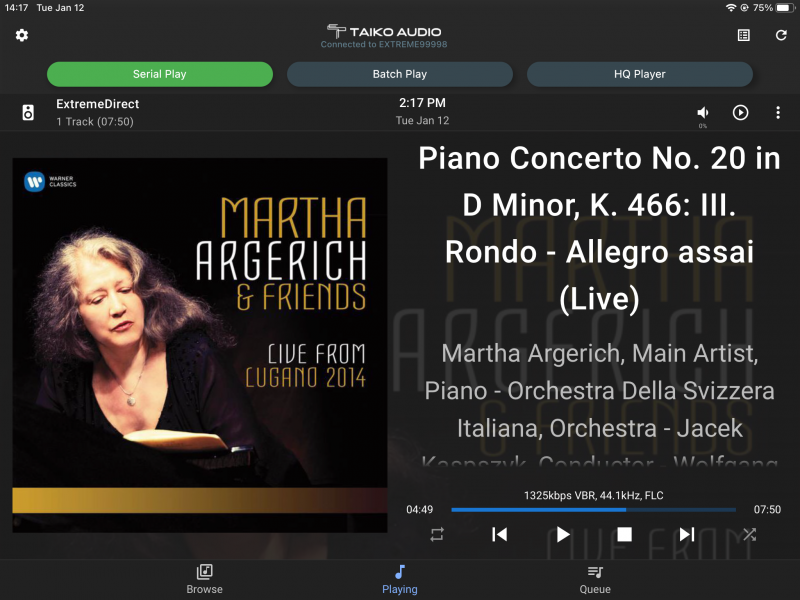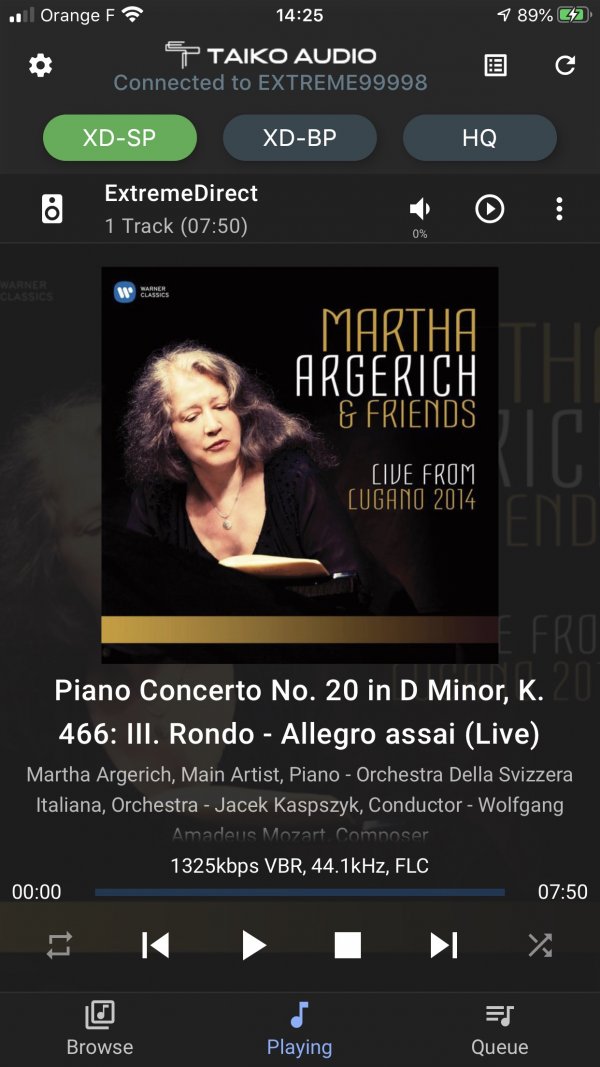BUT, there is an aspect we have not addressed thus far, which is switching noise. For linear AC-DC supplies this is predominantly low frequency, 50Hz-1Khz, and we have learned how to deal with that in decades of using them, and to make a controversial statement, we may simply be accustomed to being exposed to those and they are not considered to be bothersome. For switching AC-DC supplies this is more high frequency in nature (typically 50KHz), which is generally accepted to be very harmful to sound quality. For DC-DC applications linear regulation has no switching noise, but switching regulators do, also typically at 50, but you'll more often see 100KHz here. And again it is generally accepted that this is harmful to sound quality. Now you can filter these switching frequencies, but the higher the current, the harder this is, you need larger coils for example, to keep resistance reasonable to avoid significant losses in heat and to avoid high vibration levels (this can actually sometimes even be heard by ear, referred to as coil whine). In practical applications there is typically going to be switching noise residual as there are practical/physical limitations as to what you can filter out. Generally speaking these are considered to have an undesirable noise spectrum for high-end audio, by design.
Interestingly, there may be a parallel to be drawn here to digital audio sampling frequencies. For 44.1KHz sampling rates, we have a Nyquist frequency of 22.05KHz we have to filter out. I don't think it's necessary to elaborate on that necessity. Increasing the sampling rate moves this frequency up, think higher resolution files or up sampling. Doing so reduces filter complexity, or rather, filter steepness requirements. There are too many people reporting benefits of PCM sampling rates up to 384 or even 768KHz to ignore this. DSD sampling rates even start at 2.8224MHz.
Nowadays it is possible to design switching regulators to operate at frequencies well over 768KHz and even to around DSD sampling rates. To compare switching to sampling frequencies may be far fetched, but for practical applications, and our perception of digital audio, perhaps not so much, as filtering switching residual to vanishing low levels all of a sudden becomes possible, even "easy", and the filter, in fact the whole design, distortion is very benign, magnitudes of orders lower then a high current linear regulator.
As always, you still need to verify theory by ear. Which is why we have decided, after very long deliberation, to make such a design available as an ATX DC-DC power supply design, for people to purchase individually. A few months ago we have shipped one out to @nenon who runs an active thread on the Audiophile Style forums on building no compromise DIY music servers. You can follow his progress here: https://audiophilestyle.com/forums/topic/58164-building-a-diy-music-server/
His impressions have been positive so far and we have subsequently decided to order a batch to supply to an amount of DIY builders and see where this will lead in the future with a pool of people experimenting with the technology and running comparisons to linear regulators in a variety of applications.
EDIT: I have received a considerable volume of e-mails expressing interest in acquiring one of these, I will reply to them shortly with a link to a subscription form.
Interestingly, there may be a parallel to be drawn here to digital audio sampling frequencies. For 44.1KHz sampling rates, we have a Nyquist frequency of 22.05KHz we have to filter out. I don't think it's necessary to elaborate on that necessity. Increasing the sampling rate moves this frequency up, think higher resolution files or up sampling. Doing so reduces filter complexity, or rather, filter steepness requirements. There are too many people reporting benefits of PCM sampling rates up to 384 or even 768KHz to ignore this. DSD sampling rates even start at 2.8224MHz.
Nowadays it is possible to design switching regulators to operate at frequencies well over 768KHz and even to around DSD sampling rates. To compare switching to sampling frequencies may be far fetched, but for practical applications, and our perception of digital audio, perhaps not so much, as filtering switching residual to vanishing low levels all of a sudden becomes possible, even "easy", and the filter, in fact the whole design, distortion is very benign, magnitudes of orders lower then a high current linear regulator.
As always, you still need to verify theory by ear. Which is why we have decided, after very long deliberation, to make such a design available as an ATX DC-DC power supply design, for people to purchase individually. A few months ago we have shipped one out to @nenon who runs an active thread on the Audiophile Style forums on building no compromise DIY music servers. You can follow his progress here: https://audiophilestyle.com/forums/topic/58164-building-a-diy-music-server/
His impressions have been positive so far and we have subsequently decided to order a batch to supply to an amount of DIY builders and see where this will lead in the future with a pool of people experimenting with the technology and running comparisons to linear regulators in a variety of applications.
EDIT: I have received a considerable volume of e-mails expressing interest in acquiring one of these, I will reply to them shortly with a link to a subscription form.
Last edited:




